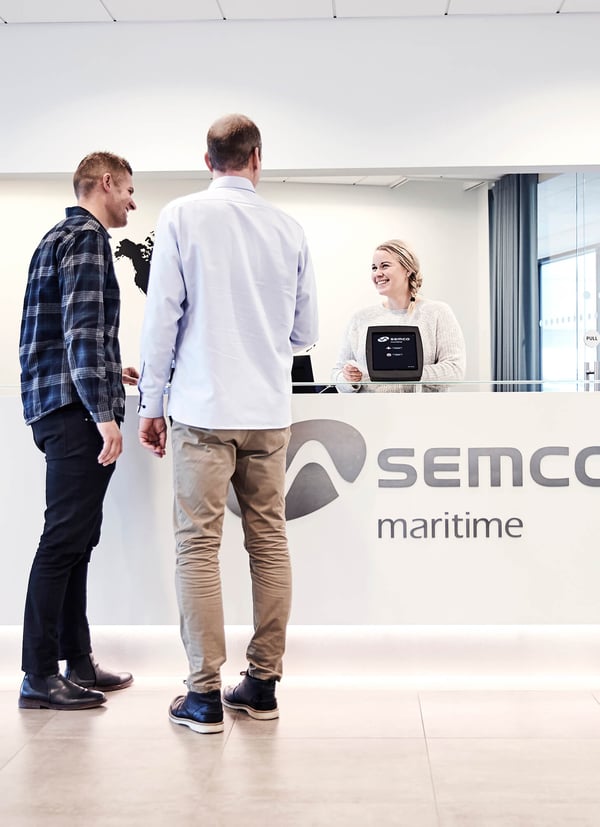Strong international focus on invasive species
A strong focus on the threat of invasive species in our marine environment led to the definition of stricter standards for ballast water management. These standards define the amount of specific indicator microbes that can be discharged by ships and vessels by 2024. Read more about the IMO standards that are soon entering into force. Annual costs linked to aquatic invasive species are in the order of hundreds of billions of USD. Click here to read more
Understand the threat of untreated ballast water
Ballast water is a threat to the marine environment due to the many marine species carried in ships’ and rigs’ ballast water. Vessels taking in ballast water in one location and discharging ballast water in a new location causes problems. Ballast water from other locations often contain alien bacteria, microbes and small invertebrates (animals without a backbone or bony skeleton)
Invasive species carried in ballast water may survive to establish a reproductive population in the new host environment. Alien species risk out-competing native species and they multiply into pest proportions. An invasive species is defined as “an organism that causes ecological or economic harm in a new environment where it is not native”.
Ballast water will continue to be an inevitable part of international shipping operations and offshore operations, but the aim of recent ballast water rules is to limit the impact on marine life by controlling ballast water management. Ballast water often contain marine organisms, larvae, eggs, plankton… that, when introduced into a new environment, may survive and invade the local marine ecological system. It has been estimated that more than 7000 species are transported each day through ballast tanks, and that some 40 recent invasions occurred because of ballast water discharging.
Around the globe we already experience the consequence of discharging untreated ballast water. Just a few examples of such invasive species are:
- Freshwater zebra mussel
A small mussel that is native to the Black Sea area. This mussel has spread widely and globally. Though very small in size, the Zebra mussels have a serious negative on the local ecosystems. Zebra mussels are a great problem in the Great Lakes of the US where it arrived in ballast water being discharged by large ships from Europe. The zebra mussel is also an unpopular guest in European waters and they pose a huge problem in many lakes and rivers where it clogs water intakes and cleanses the water from algae that native species need for food. - American comb jelly (Mnemiopsis leidyi)
A North American jelly fish was accidentally transported to the Black Sea in the 1980’s in the ballast water of oil tankers. Here it completely changed the ecosystem and damaged fishery, and has since spread to European waters and is now also found along the Danish and Swedish coastline. It is described as an invasive species that will be impossible to exterminate. - European Green Crab
poses a serious threat to marine ecosystems as they are feeding on a variety of intertidal animals, including oysters, mussels, clams and juvenile crabs. The Green Crab has the potential to change the balance between species in the ecosystems and impact the biodiversity.
Each has their own way of impacting the marine environment, the biodiversity and the natural balance between species. The invasive species impact the native biodiversity, human health and economic consequences. Millions of dollars are spent in order to try keep these invasive species in check. The best and most efficient solution to this problem would, however, be to prevent it from happening in the first place. The purpose of the new strict international standards for the discharge of ballast water is thus to avoid accidentally moving species to new waters.
An international response: No more blind passengers!
The maritime society widely recognizes the dangers of ballast water. It has become clear that ballast water affects not only local fauna and maritime environment. The enormous direct economic impact as well as the potential long term damages to the environment and people has led to the development of international, national, and regional regulations in order to control the species and organisms being loaded and unloaded. Now the challenge for you, the vessel owners, is to understand the legislation and to find a system that suits your vessel and is system approved by the relevant international bodies, the IMO, the USCG, etc. Invasive species is a global challenge and this is why the response needs to be global as well. Better make sure that your new ballast water system is approved for the waters and harbors that you plan to visit!
read about approved ballast water system here
Download FREE e-book if you want to learn more








